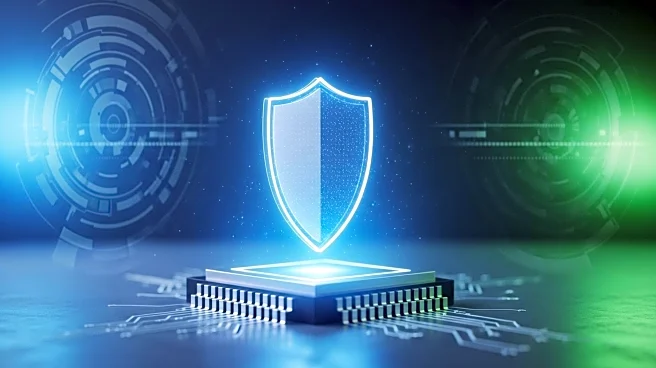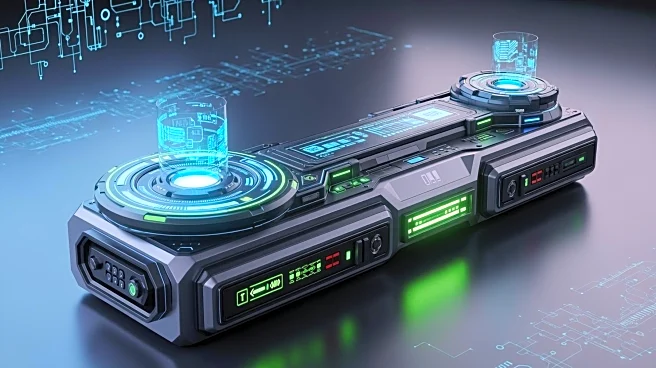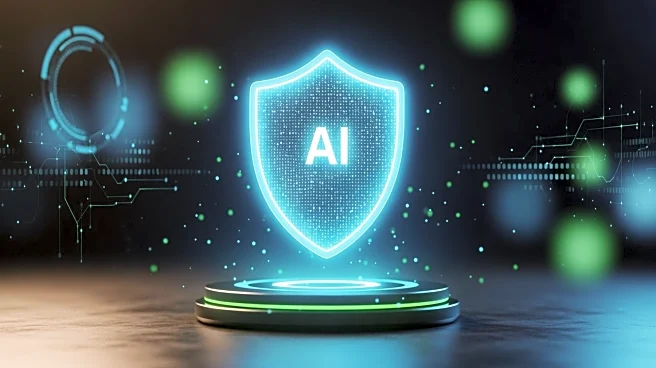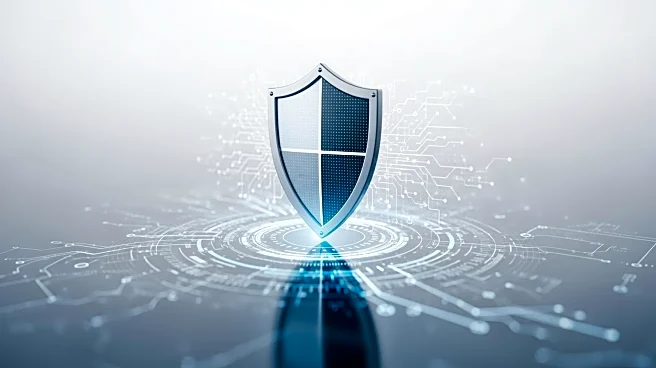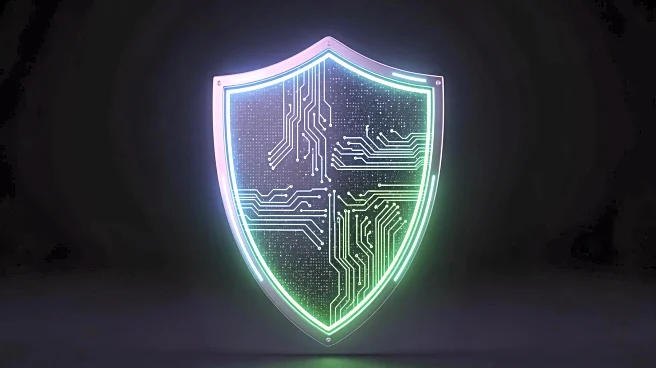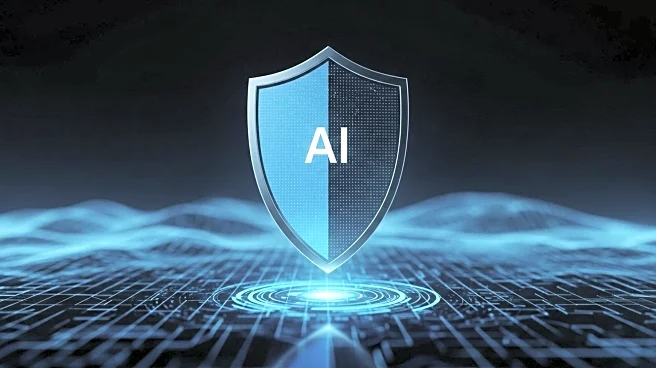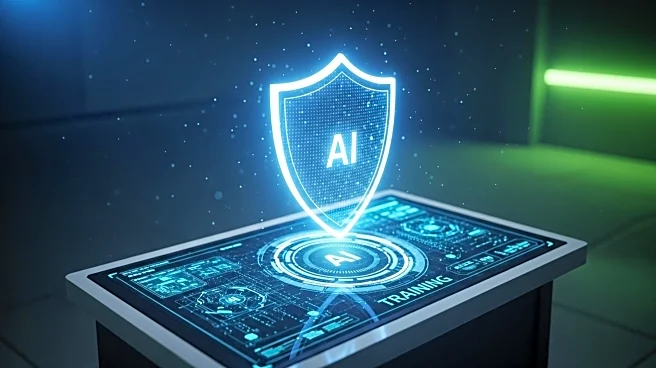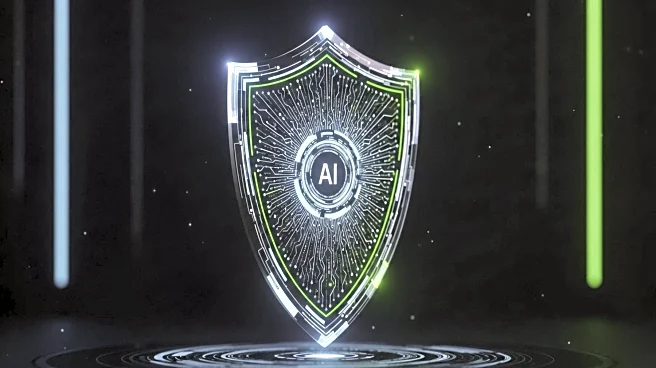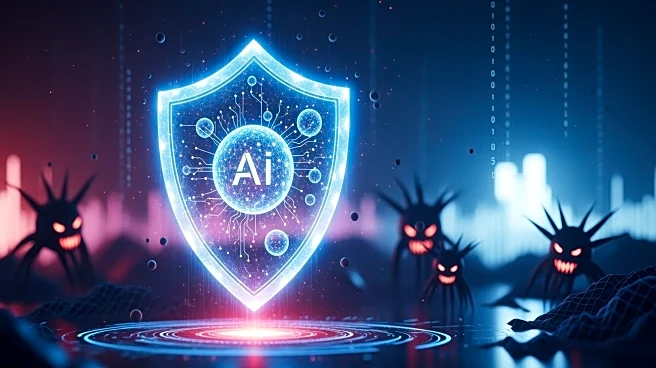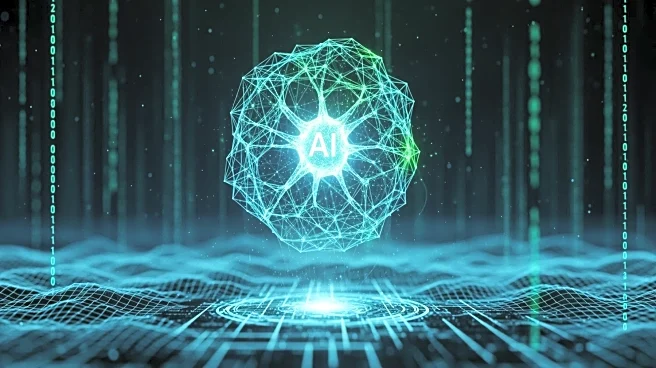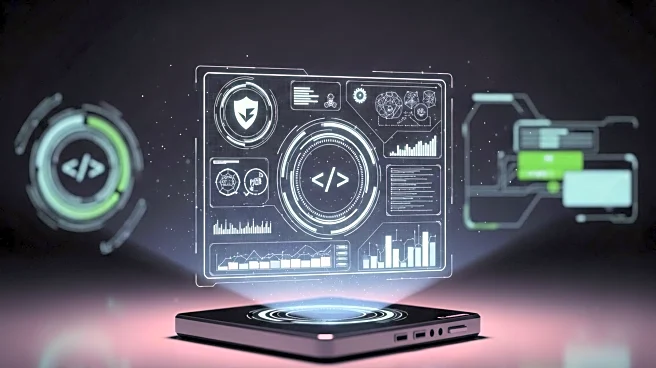What's Happening?
The cybersecurity landscape is rapidly evolving, driven by AI-generated malware and autonomous reconnaissance. A survey by DarkTrace reveals that 74% of cybersecurity professionals view AI-powered threats as a major challenge, with 90% expecting significant impacts in the next two years. Traditional defensive models are proving inadequate, prompting a shift towards Continuous Threat Exposure Management (CTEM). This approach emphasizes daily threat-informed practices, cross-functional synergy, and operational resilience to adapt to dynamic threats.
Why It's Important?
The shift to CTEM represents a fundamental change in cybersecurity training, moving away from static models to more dynamic, real-time simulations. This transformation is crucial for organizations to effectively counter AI-driven threats, which are becoming more sophisticated and harder to detect. By embedding CTEM into daily practices, organizations can enhance their defensive capabilities, improve collaboration among security teams, and build resilience against evolving threats.
What's Next?
Organizations are expected to integrate CTEM into their security protocols, focusing on real-time breach simulations and continuous collaboration between red and blue teams. AI will play a role in personalizing training experiences, identifying skill gaps, and guiding professionals through tailored learning paths. As AI-driven personalization becomes standard, cybersecurity teams will be better equipped to anticipate and adapt to new threats.
Beyond the Headlines
The adoption of CTEM highlights the growing importance of operational resilience in cybersecurity. This approach not only improves threat detection and response but also fosters a culture of continuous learning and adaptation. As organizations embrace CTEM, they will likely see improvements in their overall security posture and ability to withstand real-world attacks.
